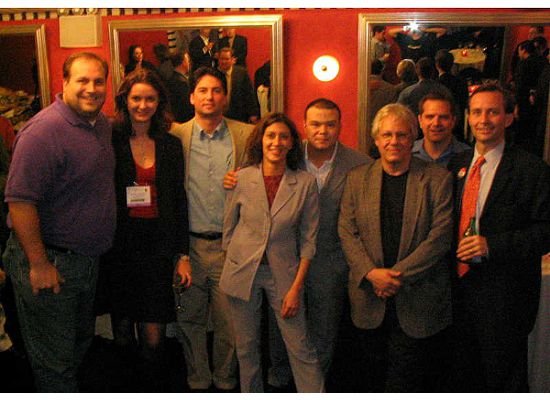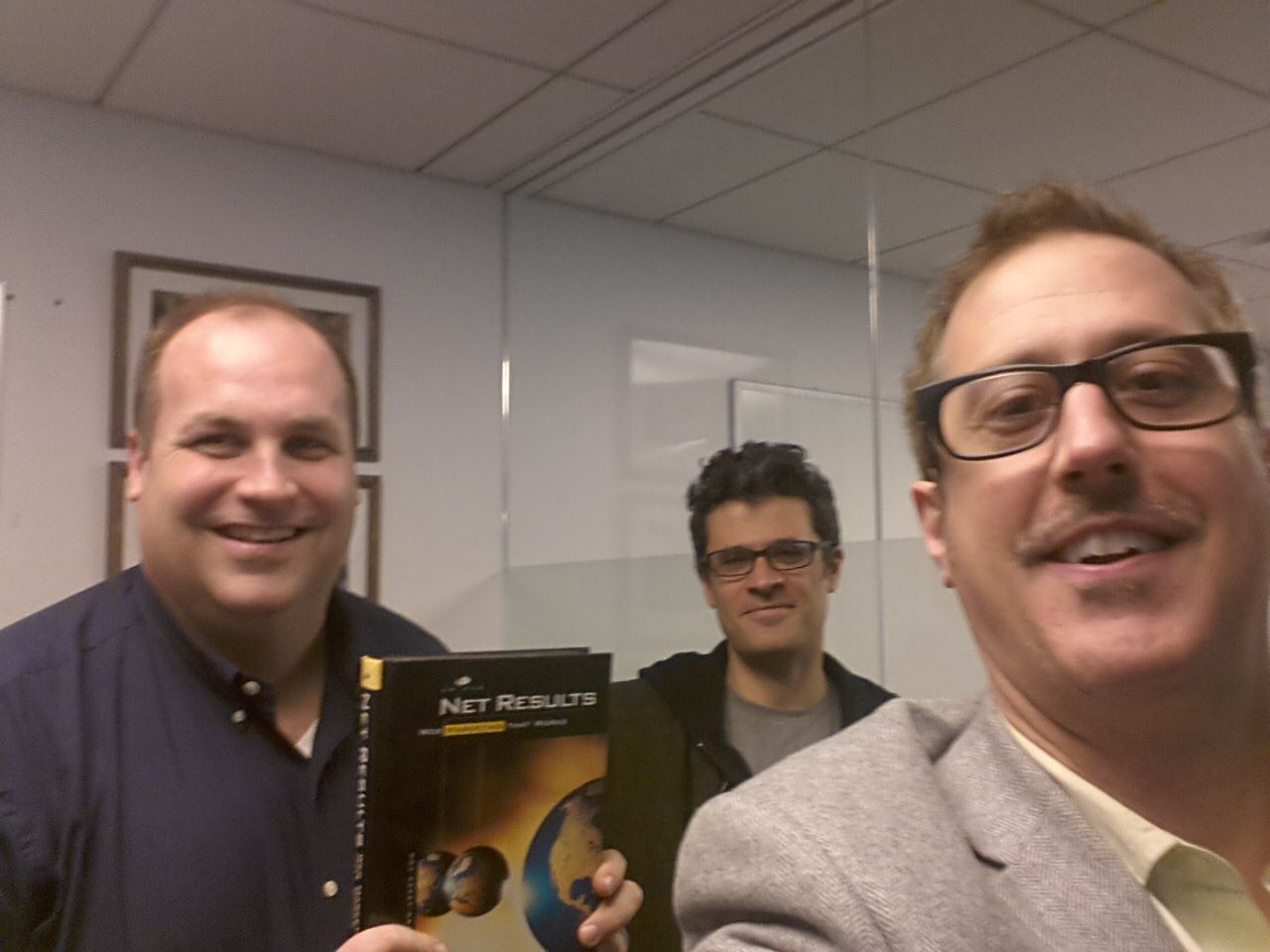Blogs and the Flow Experience
/Bill from Pheedo liked my post on blog advertising, but doesn't dig the notion of using disruptive advertising on blogs.
Bill's post makes a great point, and I want to clarify my earlier comments to address what he's saying here...
Right now, blog advertising needs to be a part of the blog reader's flow experience. Allow me to explain what I mean by that, because it's incredibly important. Blog readers are typically in "mission critical" mode when they visit their favorite blogs. Let's say I'm visiting Atrios on my lunch hour at work. All I want to do is get into Eschaton, read up on the topics that interest me, maybe post a couple comments, and move on. Any advertising that disrupts this flow experience is likely to be seen as annoying. IMHO, disruptive advertising like floating ads and pop-ups disrupt this flow experience with the goal of capturing attention. These types of ads tend to work best when the advertiser is competing with many other ads on the page or when they otherwise need to be disruptive.
The good news is that blogs aren't terribly cluttered (yet). There's no need to be disruptive, and I think that advertisers are better served by using ad units that "go with the flow" and don't create hiccups for the blog reader in the flow experience. I wouldn't recommend using pop-ups, floating ads or anything that's going to cause the reader to be forced to devote exclusive attention to the ad when they'd rather be focusing that attention on content.
At the same time, I don't think that advertisers can always get their message across using text ads or other ads that tend to show up in the same off-to-the-side placement every time. Often, advertisers want to present a more detailed message. And they don't want to appear in areas where readers see ads all the time and tend to tune them out.
The solution is meeting somewhere in the middle. Again, I have to be vague about what we placed on behalf of our client, but suffice it to say:
- We used animated GIFs, not rich media
- The placement was very respectful of the flow experience
- It was a persistent placement in the sense that it appeared on every page, but the placement varied slightly every time the blog was updated.
- Response rates increased over the course of the campaign
I wish I could point you to an example, but I think that might tweak the client a bit.
I also want to go on the record as saying that I dig BlogAds. I also like the idea of reaching blog readers through Google AdSense. However, I'm also of the opinion that bloggers tend to place these ad programs in the same place on their blogs and that readers will likely tend to tune those ad placements out once they become accustomed to seeing them in the same spot on every visit. I didn't think BlogAds or AdSense were appropriate for this particular placement because we didn't want the ads to be tuned out. (Besides, the blog we advertised on didn't make use of BlogAds or Adsense.) Additionally, we wanted to get a more complex message across than could be conveyed by a 150x200 graphic placement and 300 characters of text. That's about all I can say about this.
That's not to say that I think ad agencies should start peppering blogs with page takeovers, pop-ups, dancing baloney, annoying ads that blink or make noise, and other disruptive executions. Being disruptive in these environments doesn't serve the advertiser well, nor does it appeal to the reader. On top of that, blogs tend to be uncluttered environments (as they exist today), and there's no need to haul out the disruptive ad formats. A simple GIF will work just fine, as will Flash ads that don't creep outside their allotted pixel real estate without user interaction. I use the term "rich media" to refer to any ad that uses technology beyond that of animated GIFs, static JPEGs or text links. Not all rich media ads are disruptive. Since I didn't want to suggest that disruptive ads are the way to go here, I thought this clarification post was in order.
YMMV. There's no such thing as a completely unintrusive advertisement. But there are varying degrees of intrusiveness and media buyers should be respectful of this.












































